The roads we use every day are peppered with signage and, for the most part, people readily recognize what they mean. In general, road signs are designed to be clear, concise, and easily visible to motorists. One of the main factors behind providing clarity is the use of color and each road sign color has specific meanings attached to it. Over time, these road signs–with specific colors and shapes–have become standardized. Here’s what each of those colors means and why they’re used for specific road signs.
What Red On Traffic Signs Means
Red signs most often mean “stop,” and they’re commonly used at intersections. They let drivers know to slow down and stop long enough to make sure any potential hazards are clear before moving on through crosswalks or intersections.
Signs that use red include:
- STOP signs
- YIELD signs
- WRONG WAY or DO NOT ENTER signs
Most common locations:
- Road intersections
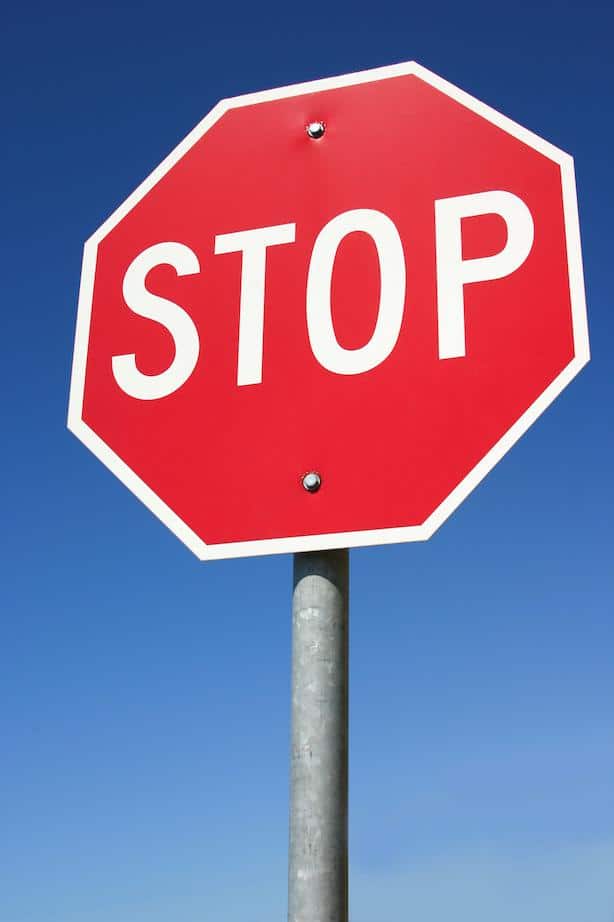
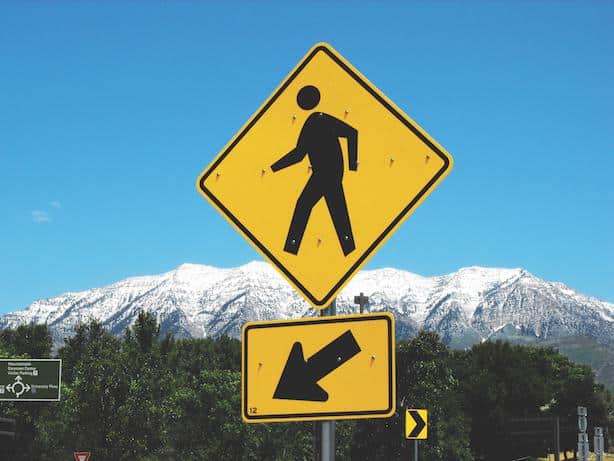
What Yellow On Traffic Signs Means
Yellow signs convey general warnings or caution. As opposed to orange signs, which are used temporarily, yellow appears on signs meant to warn motorists of permanent hazards. The reason for this is because yellow is highly visible, even at night.
Stop signs used to be yellow back before reflective signage made red a viable option for nighttime visibility. Yield signs can still be found which use this color as well.
Today, signs that use yellow include:
- Pedestrian and bicycle traffic signs
- Animal crossing signs
- DEAD END signs
- Truck rollover signs
- Turns and traffic direction signs
Most common locations:
- Road intersections
- Crosswalks
- Sharp turns
- Areas with wildlife
- Other hazardous areas
What Orange On Traffic Signs Means
Unlike a yellow sign meaning, which indicates a permanent hazard or warning, orange signs are used for temporary cautions like construction and road maintenance zones. The bright orange color alerts drivers to hazards and road conditions in construction areas along highways and streets.
Signs that use orange include:
- RIGHT LANE CLOSED signs
- ROAD CLOSED signs
- UTILITY WORK AHEAD signs
- BE PREPARED TO STOP signs
Most common locations:
- Construction zones
- Road maintenance zones
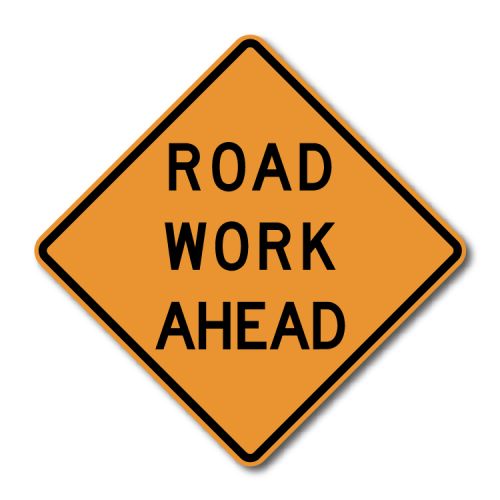
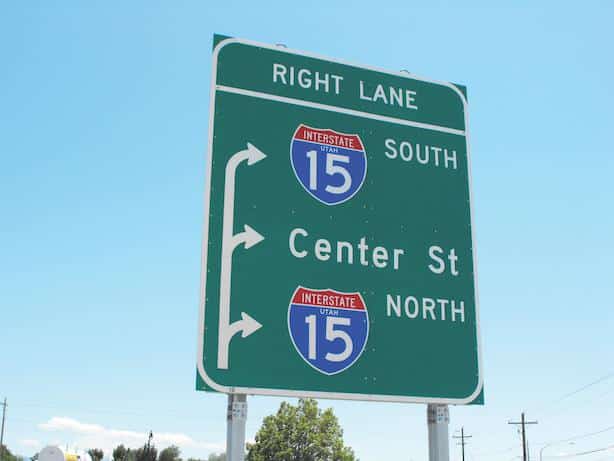
What Green On Traffic Signs Means
The warmer colors described above are used for signs that immediately influence driver actions. Neutral colors, such as green and blue, are used for less pressing information that is nevertheless useful to drivers.
Green signs, for instance, are often used for signs that give directions, such as the large rectangular signs over highways that provide exit and entrance details, directions, and distances.
Signs that use green typically include:
- Mile marker signs
- EXIT signs
- Loop/Spur signs
Most common locations:
- Highways
What Blue On Traffic Signs Means
Another common sight along highways are the blue signs that list services such as hotels, restaurants, rest stops, gas stations, and so on. These signs are valuable for motorists who spend lots of time on the road, including truck drivers who spend most of their time far from home in unfamiliar states.
Signs that include blue:
- Road user service signs
- Interstate route signs
Most common locations:
- Highways
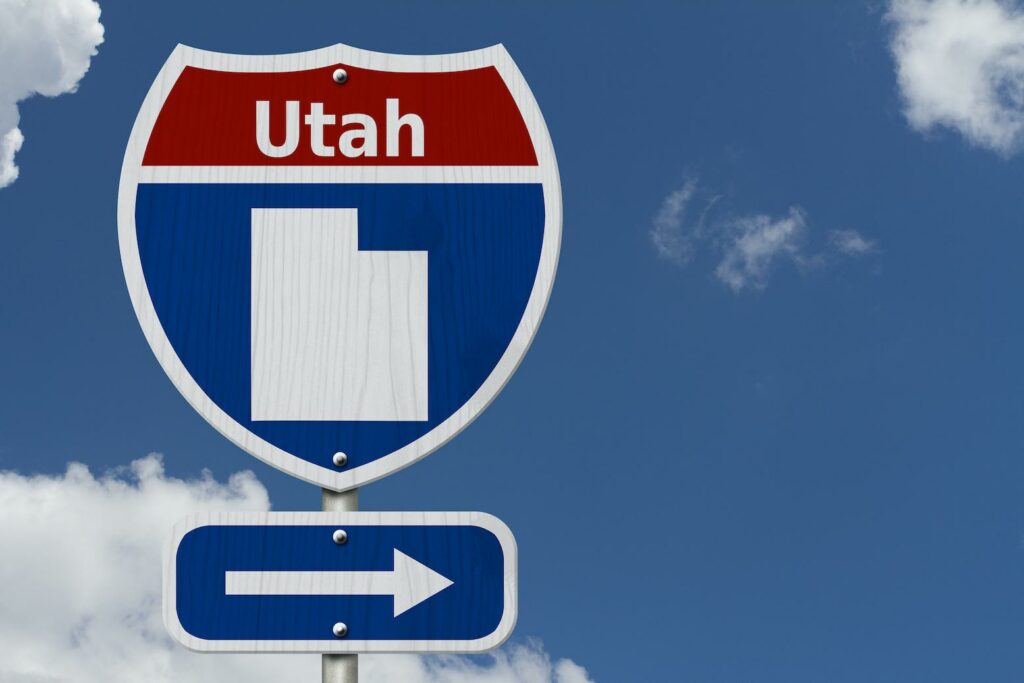
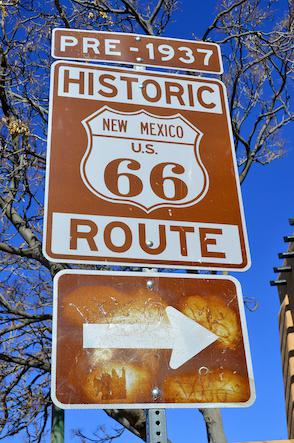
What Brown On Traffic Signs Means
Similar to blue motorist service signs, brown signs list places of interest to travelers and tourists, such as landmarks, historical sites, museums, parks, recreation areas, and other points of cultural interest. These are found along highways where they are easily visible to traveling drivers but aren’t so bold in color as to distract from more important signage.
Brown signs include:
- Tourist attractions signs
- Public forest or park signage
Most common locations:
- Highways
What White On Traffic Signs Means
White signs with black lettering indicate enforceable laws and regulations. They are meant to be informative above all else, whether that’s advising drivers on the speed limit or giving notice on local ordinances.
A few of the signs that use white include:
- Speed limit signs
- Railroad crossing signs
- NO TURN ON RED signs
- NO HITCHHIKING signs
Most common locations:
- Highways
- Local roads
- Crossings and intersections
- Just about everywhere
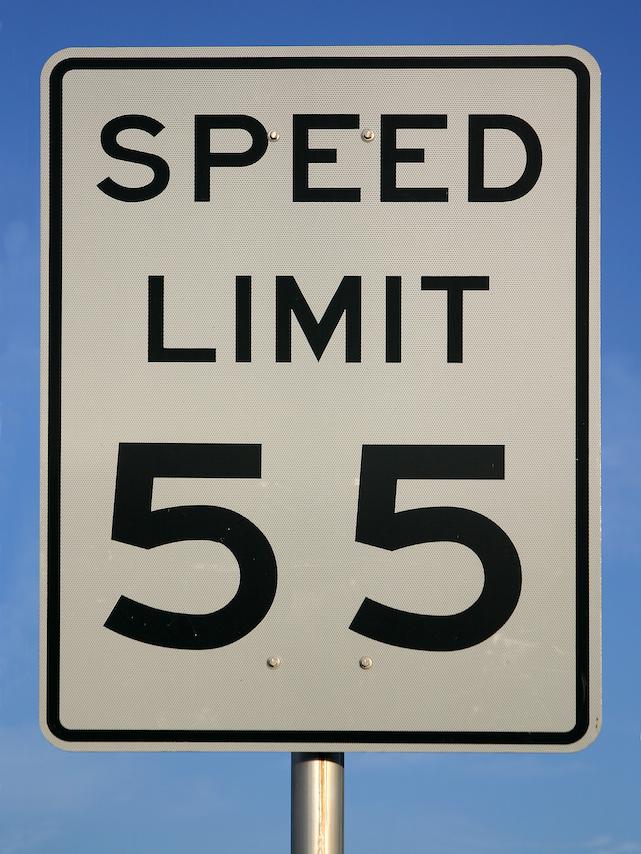
The Impact of Proper Road Sign Colors
Certain colors are used for specific types of road signs and there are reasons for that. Here are the 3 main goals of using specific colors on road signs:
1. Consistency
Aside from the standardized meaning attached to each sign color, there’s a great deal of value in consistency. Having a standard format means drivers traveling across cities and states know exactly what road signs mean anywhere they go. A stop sign is immediately recognizable to anyone, and motorists will know exactly how to respond to it whenever they see it.
Ultimately, consistent sign colors eliminate confusion and improve roadway safety.
2. Visibility
Another key factor in the reasons behind road sign colors is visibility. Warm colors, such as red, yellow, and orange, are highly visible from a distance. They don’t blend into the scenery, and they’re easy to recognize.
Other sign colors with less important information become secondary to the brighter colored signs that are meant to communicate the need for an immediate response from motorists. It’s a matter of prioritization that’s quickly and easily established by using the right colors.
3. Communication
When it comes down to it, road signs are a means for communication. They achieve clear communication with drivers through both high visibility and clear consistency. Road signs act almost like a language in that sense.
If drivers all speak the same “language” conveyed through road signs, there’s no misunderstanding in terms of what you want to communicate to them. Coloration is part of that language.
Understanding More About Road Sign Colors & Meanings
Of course, colors are only one part of how signs are designed. Shape and size are also important, and together with color, their meanings are consistent and clear.







